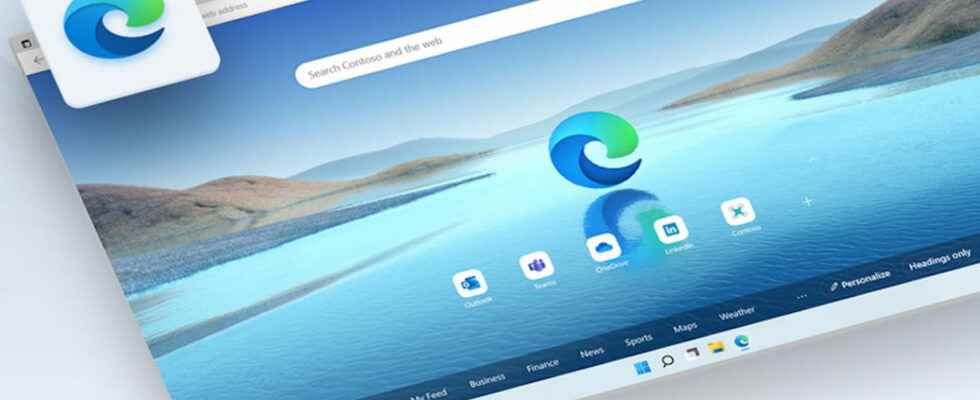Microsoft Edge continues to add new functions, which are not always useful. Witness, Discover, the youngest, which recommends content related to the page consulted… and which will not please everyone!
Microsoft places great hopes on Microsoft Edge, the default web browser of Windows 10 and Windows 11 which took over from the fire Internet Explorer, which continues to improve with new functions transforming it into a real Swiss army knife. But that does not prevent the Redmond firm from making mistakes. As noticed Neowin, the publisher introduced in the last update of Edge Canary and Edge Developer – the two versions of the browser intended for developers who offer new features in preview –, a new function called Discover, and as much to say that it may not be unanimous. In theory, it is supposed “improve your browsing experience and provide you with more relevant information when searching the web”as “facts, articles and videos linked to the page, designed to help you find more knowledge and inspiration, at a glance”if we believe the company blog. The problem is that Discover’s interface and trigger mode aren’t really the best thought out…
Edge Discover: a strawberry interface
The Discover function is accessible via a button located at the top right of the browser, at the very top of the sidebar…. just in the old place of the menu button and under the window close button – on the version Windows – , which can be disconcerting and lead to more than annoying click errors. But still, if Discover only triggered by clicking on the corresponding icon, it would still be fine! Because, in reality, the function is automatically triggered by simply hovering over the button with the mouse – generally unfortunate –, opening a huge pane on the right side of the active web page. Of course, there is currently no way to deactivate it, change its mode of operation, or even reposition it in the toolbar.
This isn’t the first time Microsoft has made such a mistake. At launch, the news module and widgets in the Windows 10 and Windows 11 taskbar also triggered automatically on mouseover. Faced with the avalanche of negative comments from users, the digital giant had been forced to integrate an option in the settings to choose to open them in one click. Microsoft must therefore also correct the situation here, because if the firm deploys the new function as it is, it risks taking an outcry from users, who could well look elsewhere. And it would do well with Chrome, Safari, Opera or Vivaldi.
